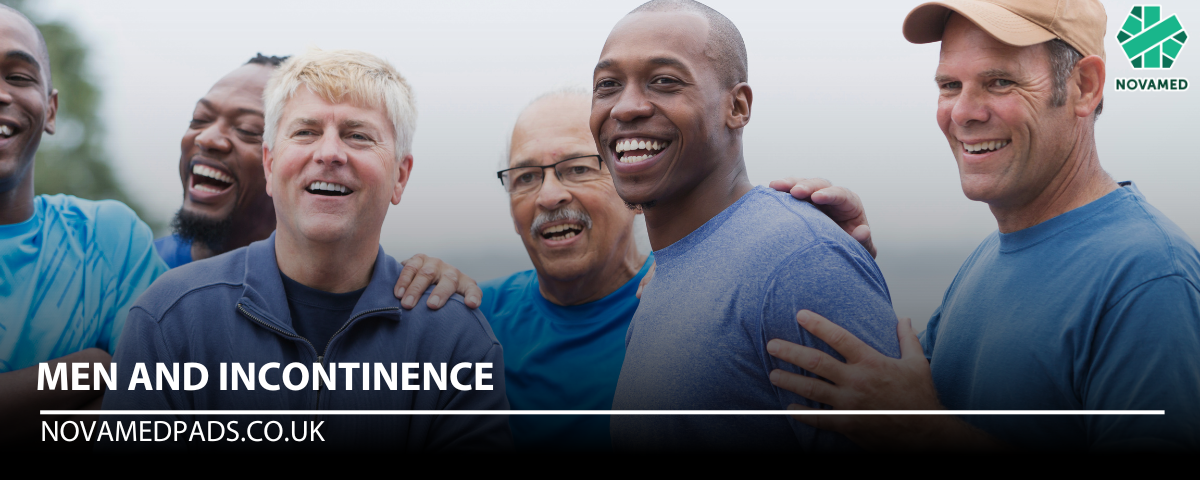
5 TIPS FOR MANAGING CONTINENCE

Managing continence can sometimes feel overwhelming, but with the right lifestyle adjustments and awareness, you can take control and significantly improve your quality of life. Bladder health is closely tied to many aspects of your daily routine, from diet to exercise. In this blog, we'll explore five practical tips to help you manage continence effectively.
Step 1: Manage Weight and Be Active
Maintaining a healthy weight is one of the most important steps in managing continence. Extra weight places additional pressure on the bladder and pelvic floor muscles, which can worsen incontinence issues. Regular physical activity helps in reducing this weight, strengthening your body, and improving bladder control. Activities such as walking, swimming, or yoga are gentle yet effective ways to stay fit without causing strain.
Incorporate at least 30 minutes of moderate exercise into your daily routine. This not only helps with continence management but also enhances overall health, reducing risks of other conditions such as heart disease or diabetes.
Step 2: Eat Healthily
A balanced diet plays a critical role in managing continence. Consuming a fibre-rich diet helps prevent constipation, which can worsen bladder control problems by increasing pressure on the bladder. Include plenty of fruits, vegetables, and whole grains in your daily meals to maintain regular bowel movements and reduce strain during urination.
Additionally, certain foods can irritate the bladder. Spicy foods, acidic fruits, and artificial sweeteners can be bladder irritants, so it's important to monitor how your body reacts and adjust your diet accordingly.
Step 3: Keep Hydrated
Staying hydrated is essential for bladder health, but it’s important to strike a balance. Dehydration can lead to concentrated urine, which may irritate the bladder and worsen incontinence. However, drinking excessive amounts of fluid can overwhelm the bladder, leading to increased urgency and frequency.
Aim to drink around 6 to 8 glasses of water a day, depending on your activity level and environment. Keeping your urine a light straw colour is a good indicator that you are well-hydrated without overloading your bladder.
Step 4: Avoid Bladder Irritants like Caffeine and Alcohol
Certain beverages can irritate the bladder, making continence management more challenging. Caffeine, found in coffee, tea, and many soft drinks, is a known diuretic, which means it increases urine production. Similarly, alcohol can have a dehydrating effect and interfere with the signals your brain sends to the bladder.
If you're experiencing bladder control issues, try reducing your intake of these irritants. Opt for herbal teas, decaffeinated drinks, or simply water to stay hydrated without aggravating your bladder.
Step 5: Practice Pelvic Floor Exercises
Pelvic floor exercises, also known as Kegel exercises, are a proven way to strengthen the muscles that support the bladder and urethra. These exercises involve tightening and relaxing the pelvic floor muscles, which can improve bladder control over time.
To perform a basic pelvic floor exercise, sit or lie down and squeeze the muscles you'd use to stop urination. Hold for about 5 seconds, then relax. Repeat this exercise 10 to 15 times, several times a day. Consistency is key—over time, you’ll notice a significant improvement in bladder control.
Conclusion
Managing continence doesn't have to be a daunting task. By following these five simple tips—managing your weight, eating healthily, staying hydrated, avoiding irritants, and practising pelvic floor exercises—you can take charge of your bladder health. Always consult with a healthcare professional to tailor a plan that suits your specific needs.
By making these adjustments to your lifestyle, you can significantly reduce the frequency of accidents and improve your overall comfort and confidence in daily life.
Feel free to explore our full range of incontinence solutions here!
Bladder and bowel incontinence may be caused by conditions which can be treated medically. Please consult your physician for medical advice and guidance.




